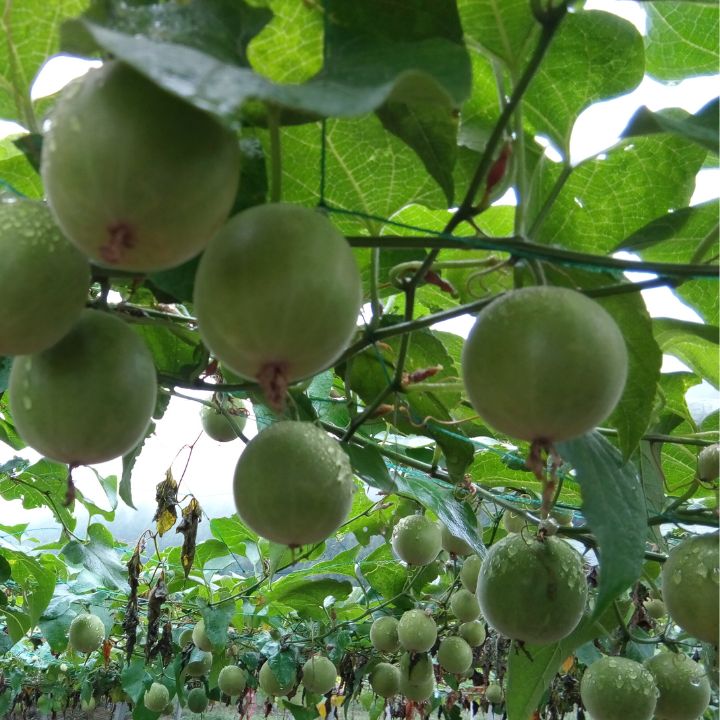Monk fruit is a small, green fruit that grows in Southeast Asia. It has been used for centuries in traditional Chinese medicine as a natural sweetener and a treatment for various ailments. In recent years, monk fruit has gained popularity as a sugar substitute in the Western world due to its low calorie and low glycemic index properties.

Health Benefits
Low calorie
Monk fruit extract contains zero calories and carbohydrates, making it a great alternative to sugar for those who are watching their calorie intake.
Low glycemic index
The glycemic index (GI) is a measure of how quickly foods raise blood sugar levels. Foods with a high GI can cause spikes in blood sugar levels, which can be detrimental to health. Monk fruit has a very low GI, making it a good option for people with diabetes or those looking to manage their blood sugar levels.
Antioxidant properties
Monk fruit is rich in antioxidants, which can help protect against cellular damage caused by harmful free radicals. Antioxidants are important for overall health and may reduce the risk of chronic diseases such as heart disease and cancer.
Anti-inflammatory effects
Some studies have shown that monk fruit extract may have anti-inflammatory effects in the body. Chronic inflammation is linked to many health problems, including heart disease, cancer, and Alzheimer’s disease.
May improve insulin sensitivity
Preliminary research has suggested that monk fruit extract may improve insulin sensitivity, which can help reduce the risk of type 2 diabetes.
Baking with Monk Fruit
Sugar Substitute
Monk fruit can be used in baking as a sugar substitute. It is available in several forms, including liquid extract, powder, and granulated. When using monk fruit in baking, it is important to keep in mind that it is much sweeter than sugar, so a little goes a long way. As a general rule, one teaspoon of monk fruit extract or powder is equivalent to about one cup of sugar in terms of sweetness. It is also important to note that monk fruit may not provide the same texture and browning that sugar does in baked goods, so some experimentation may be necessary to achieve the desired results.
In addition to baking, monk fruit can be used as a sweetener in a variety of other foods and beverages, such as smoothies, tea, and coffee. It can also be used as a sugar substitute in sauces, dressings, and marinades.
Honey Substitute
If you’re looking to substitute monk fruit for honey in a recipe, the general ratio is:
- 1 teaspoon monk fruit sweetener = 1 teaspoon honey
- 1 tablespoon monk fruit sweetener = 1 tablespoon honey
However, it’s important to note that honey has a distinct flavor that monk fruit does not have, so using monk fruit as a substitute may change the taste of the final product. It’s also important to adjust the amount of liquid in the recipe if you’re using monk fruit instead of honey, as honey adds moisture to a recipe.
Overall, monk fruit is a natural sweetener that provides several health benefits, including low calorie and low glycemic index properties, as well as antioxidant and anti-inflammatory effects. It can be used in baking and a variety of other foods and beverages as a sugar substitute, and may be a good option for those looking to reduce their sugar intake without sacrificing sweetness.
Finding Monk Fruit
Monk fruit is available in various forms, such as whole fruit, extract, and sweetener. It can be found in health food stores, natural food stores, and some grocery stores. Monk fruit sweeteners are also widely available online on e-commerce platforms such as Amazon, iHerb, and Thrive Market. When purchasing monk fruit sweeteners, be sure to read the ingredients list to ensure that it does not contain any fillers or additives. It is also essential to purchase from reputable brands to ensure quality and purity.

